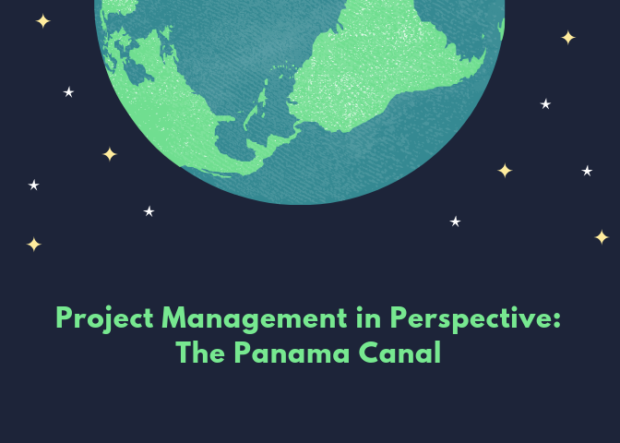The business world is shaped by the ability of organizations to effectively manage and execute projects in a team environment. Projects stand at the center of any idea and serve as the means of turning ideas into meaningful action. From the planning through executing and reflection on the project constant communication and decision making is needed to direct the project in the best direction. The ability to have leaders in an organization who can direct resources and personnel during uncertain times will reap many benefits for the entire organizations ability to provide the best quality solutions.
The value of project management stands out in the business world as a core competency which focuses heavily on operating the project. This includes reinforcing leadership decisions, maintaining project goals, and ensuring open communication occurs between stakeholders. Project leaders provide efficiently run projects developing a unique project management strategy which fits the specific needs of your organization. To improve your own project management skills, an in-depth view of the definition of a project from the Project Management Institute (PMI) will be examined. Some of the different project management frameworks will also be examined along with the dynamics of teams including the Five Stages of Group Development. Understanding the differences in project management frameworks as well as what constitutes a project and the ability to help develop and lead teams will become more ingrained into the core of your organization. The ability to understand how to construct your time and resources on projects will reap rewards and allow for more goals to be on time and under budget.
Project management is a skill set which does not fit into the boxes of specific industries or mindsets but encompasses the changes and complexities of a project over the course of its lifespan. Every project that is implemented changes and faces unique challenges and uncertainties yet the most telling sign of the success of the project is how the team reacts to changes and uncertainty. Effective project management will not solve all the uncertainties of projects yet that is not the purpose of project management and effective leadership. Project management serves as a framework to keep the project on course and ensure that the team can stay on track during good times and the more difficult times. Instead of being an exact science project management combines specific industry knowledge, emotional intelligence, and team building to create the most innovative solutions for teams and allowing teams to perform at their highest level.




